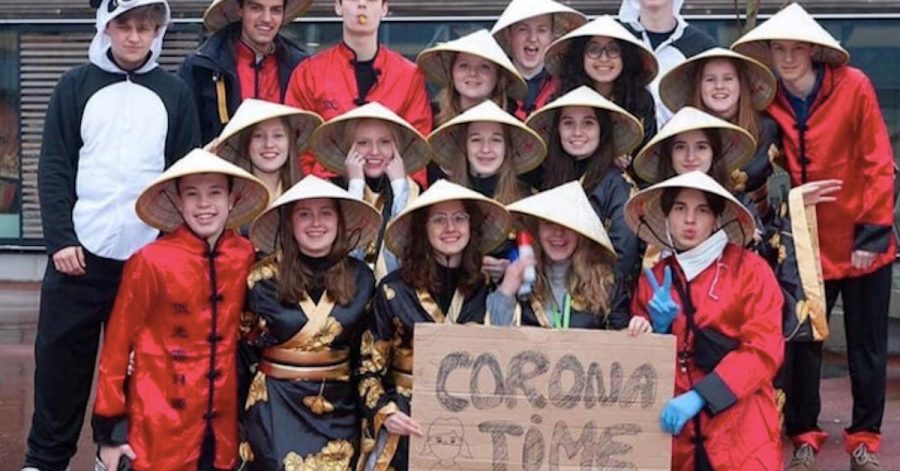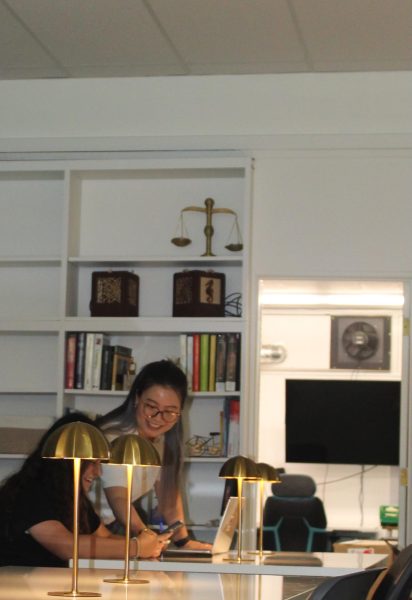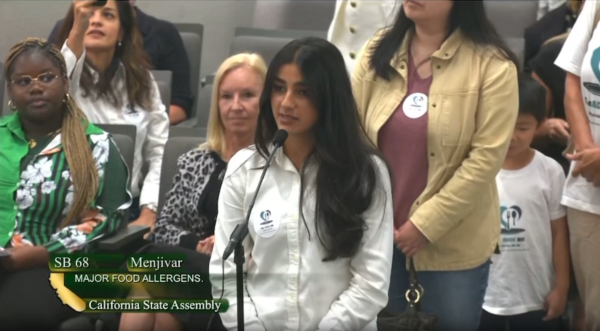Cultural Appropriation: Scandals in the Media
Selena Gomez donning herself in a bindi and an Indian dress during her concerts. Pharrell Williams dressing in a Native American headdress for the cover of Elle UK. Katy Perry appearing at the 2013 American Music Awards as a geisha. How are these incidents correlated to each other? The answer: they each received critical backlash and were called cultural appropriation.
So what exactly is “cultural appropriation,” and why is everyone talking about it? According to the Cambridge Dictionary, it is “the act of taking or using things from a culture that is not your own, especially without showing that you understand or respect this culture.” Originating in the 1980s, it was used in discussions of Western colonialism and the treatment of minorities. In current society, though, it is very present among the realms of celebrities and influencers, often the cause of controversy and heated debates.
Take Kim Kardashian, for example. In 2018, she shared a video of herself in Fulani braids, also known as cornrows, calling them “Bo Derek braids.” The name “Bo Derek braids” stems from the 1979 movie “10”, in which the star actress, Bo Derek, runs down a beach in cornrows. Due to the popularity of the movie, Derek is often credited as the catalyst for the frenzy in cornrow-styled hair.
However, upon posting her braids, Kardashian was met by public outrage. Fans pointed out the history of the hairstyle — how it originated from two ethnic African groups: the Wodaabe tribe and several other tribes in Ethiopia. Yet here Kardashian was, seemingly erasing the African heritage of these braids and culturally appropriating them by deeming them “Bo Derek braids” instead of their real name. Kardashian later apologized, stating that she never meant to disrespect the history of the Fulani braids and only wanted to honor her daughter’s biracial hair.
Personally, I was frustrated by her decision to wear the cornrows in the first place; throughout history, Black women have been incessantly ridiculed for styling their hair in ways that do not align with eurocentric beauty standards. Schools have suspended Black students for their braids, claiming they are a “distraction,” and companies have even fired Black employees for what they perceive as “unkempt” hair. There is no doubt that there is a double standard here — white women are applauded for adopting Black styles and features, while Black women are shamed for having them naturally.
Of course, it’s not only Black culture that is appropriated; a frequent example is also Muslim culture. Lady Gaga, for instance, came under fire for the lyrics of her leaked song, “Burqa,” the name of a style of clothing sported by Muslim women. Part of the song is as follows: “I’m not a wandering slave, I am a woman of choice. My veil is protection for the gorgeousness of my face… Do you want to see me naked, lover? Do you wanna peek underneath the cover?… Do you want to touch me? Let’s make love.”
The lyrics misrepresent the meaning of the Burqa. The latter lines (beginning with “Do you want to see me naked, lover?”) especially sexualize it, seemingly objectifying and portraying erotic images of Muslim women. While Gaga’s song was originally supposed to empower burqa-wearing women, it ultimately did the opposite.
In addition to Gaga, the singer Halsey faced criticism for appropriating Muslim culture by wearing a headscarf resembling the Muslim hijab, which is worn by many Muslim women. Decorated with crystals, it covered the majority of her face except for her eyes and nose. Upset fans called her out, saying that she should have researched the meaning and purpose of the hijab; those who wear one must cover the rest of their body. Others were annoyed at how Muslim women are shunned by society for clothing themselves in headscarves, yet no one seemed to mind when Halsey did it.
Halsey eventually released a statement saying that she meant for the headpiece to represent a ninja mask, but the damage had already been done. Though her objective may not have been to purposefully insult Muslims, the fact of the matter was that she should have been aware of the possible connotations associated with wearing a headscarf in the way that she did — especially since the incident took place in 2018, and by that time, many other non-Muslim celebrities had also worn hijabs in an improper fashion and received major backlash for it.
As a Chinese-American myself, I have witnessed the appropriation of East Asian culture countless times. It’s not something that only Hollywood stars are guilty of; ordinary people are at fault, too. An instance of this that particularly shocked me was a photo I saw while scrolling through Instagram during the beginning of quarantine. In it, Belgian students were adorned in stereotypical Chinese attire, displaying a poster reading “Corona time.” Essentially, the students turned the garments, specific to Chinese culture and tradition, into props to dehumanize Chinese people. Not only was it cultural appropriation, but it was blatant racism towards the Asian community.
Zooming in on the photo, I also noticed a girl stretching her eyes sideways, a racist gesture mocking those of East Asian descent. Upon seeing this, it reminded me of the “fox eye” trend, which many celebrities and influencers have participated in. In it, the eye is lengthened using eyeshadow and eyeliner, inspired by the natural eye slant particularly seen in Chinese eye features. Celebrities, such as Kylie Jenner and Gigi Hadid, posted the results of their endeavors on their social media accounts.
It’s not that the makeup looks were the problem. In fact, they were beautiful. The problem was the way the celebrities pulled their eyelids back to exaggerate the result, similar to the pose of the Belgian student. What Jenner and Hadid, along with others who joined in on the trend failed to realize, was the history behind the so-called “Chinese eyes” — the bullying and racist jokes to which many East Asians, including myself, have been the targets of. The questions are: why are non-Asian celebrities praised for slanting their eyes to achieve the perfect fox eye, yet I, along with the rest of the Asian community, am laughed at for being born with them? And why does no one seem to think it is wrong? The fox eye trend is yet another manifestation of the normalized racism and cultural appropriation of East Asian culture; one of many.
I’m not saying that you should “cancel” or attempt to de-platform celebrities and others by mobbing their social media accounts, sending death threats, and attempting your best to ruin their careers. This idea of “cancel culture” prevents people from learning and growing from their wrongdoings and paints them as inhuman when in reality, everyone makes mistakes. All perpetrators of cultural appropriation, celebrities and ordinary people alike, should be held accountable, but they should also be given chances to apologize.
Perhaps the most important thing to take away is that even though your intentions may not be to offend, being inconsiderate of the perspectives of others only further contributes to the cycle of cultural appropriation — a cycle that continues to perpetuate cultural and racial divides.






